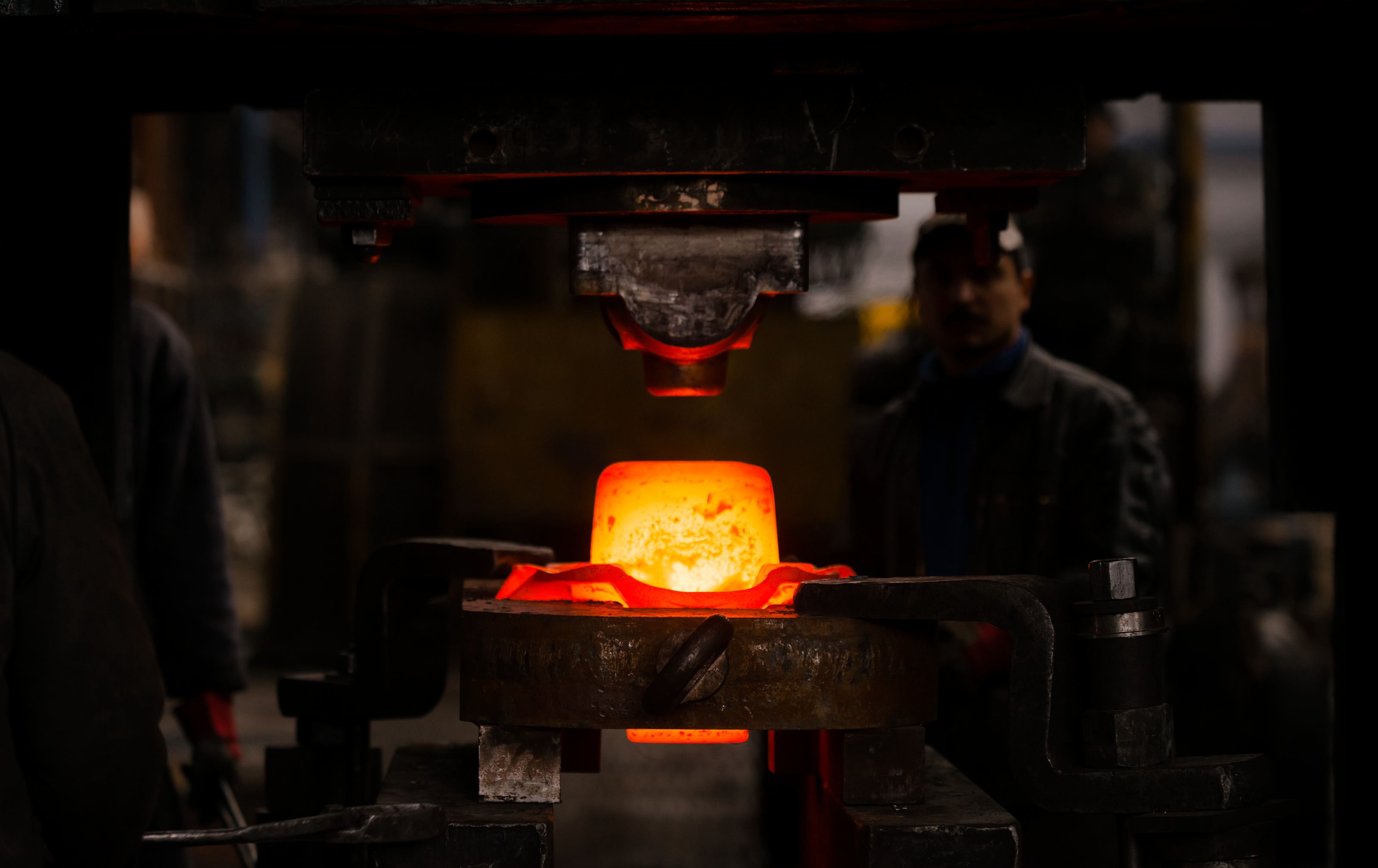




























For materials used in fields such as the electronics industry, mechanical assembly, aerospace, new material development, and construction engineering, the indicator of thermal expansion must be fully considered. Therefore, it is of great significance to measure the thermal expansion coefficient of materials during the production, processing, and use of materials.

| Project Background
For materials used in fields such as the electronics industry, mechanical assembly, aerospace, new material development, and construction engineering, the indicator of thermal expansion must be fully considered. Therefore, it is of great significance to measure the thermal expansion coefficient of materials during the production, processing, and use of materials.
| Test Objective
1. Improve the thermal stability of products
Selecting materials with a lower linear expansion coefficient can improve the thermal stability of products and enhance the safety of product use.
2. Increase the strength of products
If a laminate is formed by stacking and connecting two materials, when the temperature changes, due to the different expansion values of the two materials, if they are still connected together, an intermediate expansion value will be adopted in the system. As a result, compressive stress will be generated in one material and tensile stress of the same magnitude will be generated in the other material. Properly utilizing this characteristic can increase the strength of the product.
3. An important reference index for welding or fusing
When two different materials are welded or fused to each other, the two materials are required to have similar expansion coefficients. If the expansion coefficients of the selected materials differ significantly, during welding, due to the different expansion rates, stress will be generated at the welding joint, which will reduce the mechanical strength and air-tightness of the product. In severe cases, it may lead to the detachment, cracking, air leakage, or oil leakage at the welding joint.
4. Provide a basis for selecting suitable materials
For the material selection of large-scale processing machinery and precision instruments and equipment, materials with a small expansion coefficient need to be considered.
Therefore, it is of great significance to measure the thermal expansion coefficient of materials.
| Representation of the Thermal Expansion Coefficient of Materials
The thermal expansion coefficients of materials include the linear expansion coefficient α, the surface expansion coefficient β, and the volume expansion coefficient γ. In practical applications, people pay more attention to the linear expansion coefficient α and the volume expansion coefficient γ:
① Linear expansion coefficient
It represents the degree of expansion or contraction of a material, which refers to the ratio of the elongation of a unit-length material per 1°C increase in temperature to its original length at room temperature.
Strictly speaking, within a relatively large temperature range, the linear expansion coefficient is usually not a constant, and its value is closely related to temperature. So in practical applications, the average linear expansion coefficient is measured. The average linear expansion coefficient refers to the average elongation of a unit-length material per 1°C increase in temperature within a certain temperature range.
It is expressed as: α = ΔL/(L*ΔT)
②Volume expansion coefficient
It refers to the ratio of the volume change of an object to its volume at normal temperature when the temperature of the object changes by 1°C. It is expressed as: γ = ΔV/(V*ΔT)
| Detection of the Thermal Expansion Coefficient of Materials
The methods for measuring the thermal expansion coefficient of materials include the micrometer method, the optical-mechanical method, the electromagnetic induction thermo-mechanical method, the TMA static thermo-mechanical analysis method, etc. Among them, the TMA static thermo-mechanical analysis method is the most accurate testing method at present. How to conduct the test using TMA? Let's find out together below.
MTT Laboratory received a square sample made of a certain metal material, and the linear thermal expansion coefficient of the sample needs to be tested.
Test standard: ASTM E813-19 Test method for linear thermal expansion of solid materials by thermomechanical analysis
Testing conditions: Raise the temperature from -100°C to 200°C at a rate of 5°C/min in an N₂ environment
Obtain the test curve diagram of the material:
Finally, the linear thermal expansion coefficients of the submitted samples are shown in the following table:
Reference standards for linear thermal expansion coefficients of common materials
ISO 11359-1: 2014 Plastics - Thermomechanical analysis (TMA) - Part 1: General principles
ISO 11359-2: 1999 Plastics - Thermomechanical analysis (TMA) - Part 2: Method for determination of the coefficient of linear thermal expansion and the glass transition temperature
ASTM E831-19 Test method for linear thermal expansion of solid materials by thermomechanical analysis
GB/T 4339-2008 Determination of characteristic parameters of thermal expansion of metallic materials
IPC-TM-650 2.4.24C Testing of glass transition temperature and Z-axis thermal expansion by TMA method, etc.
There are differences in the requirements for samples and the heating rates of testing among different standards. Therefore, the tests need to be carried out in accordance with the specific requirements of different standards.
| Influencing Factors of the Thermal Expansion Coefficient
The measurement process of the linear expansion coefficient is affected by various factors. The differences in the processing technology, shape, and size of the specimens are the main reasons for the large deviation of the thermal expansion coefficient. In addition, during the measurement process, the influence of environmental factors, including room temperature, vibration, noise, radiation, etc., will cause changes in the measurement results.
Therefore, only by comprehensively considering the influencing factors of the thermal expansion coefficient can the accuracy of the linear expansion coefficient measurement be effectively improved.
| MTT Advantages
1. Professional Team: A team of highly experienced testing engineers and technical experts.
2. Advanced Equipment: Equipped with internationally leading testing instruments to ensure accuracy and reliability of results.
3. Efficient Service: Rapidly respond to customer needs and provide one-stop, high-efficiency inspection services.
4. Authoritative Certification: The laboratory is certified by ISO/IEC 17025, ensuring that test reports have international credibility.